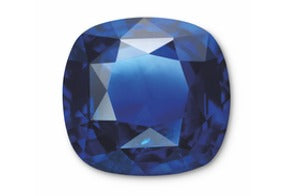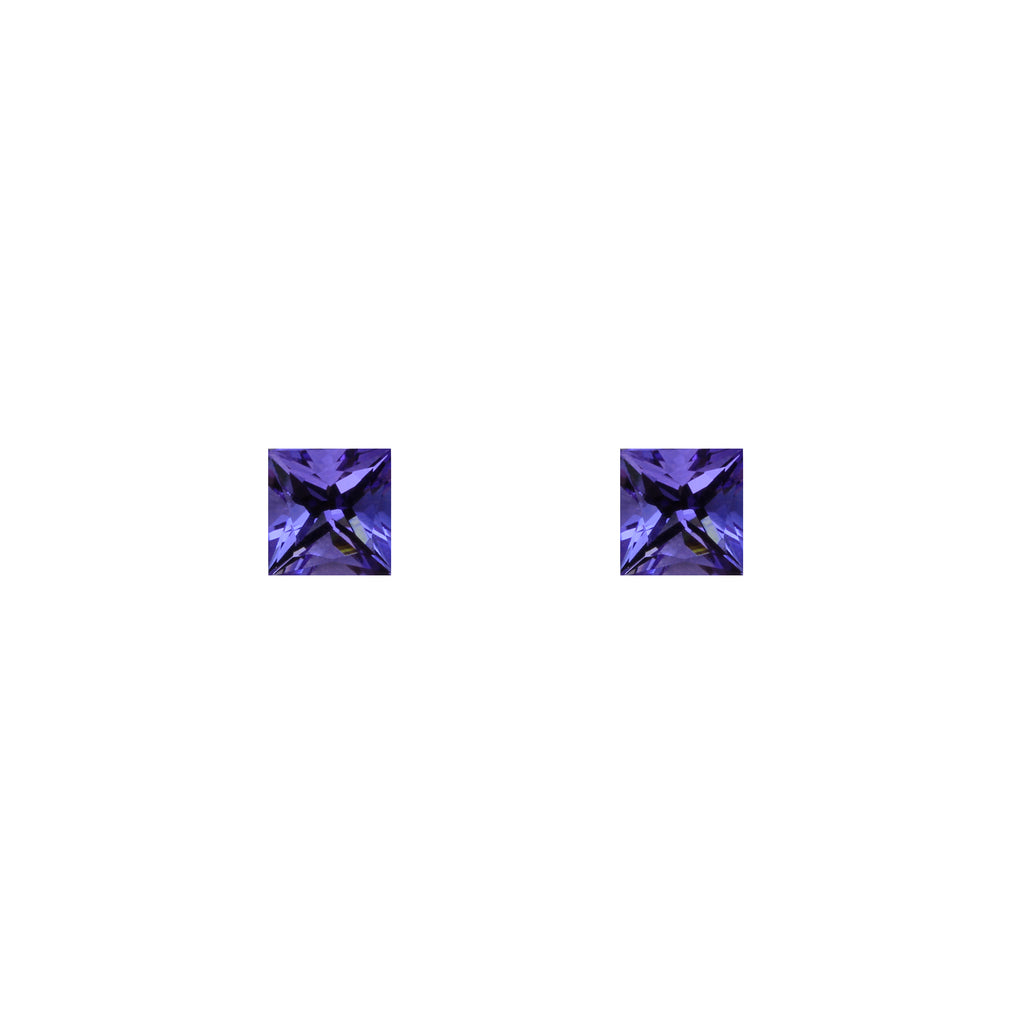IOLITE
Gemstone family: Corderite
Crystal System: Orthorhombic
Moh's scale of hardness: 7-7.5
Lustre: Vitreous
About: Iolite’s name derives from the Greek word “ion” which means violet. Iolite or cordierite has a violetish blue hue caused by its iron component. The stone is known for its strong eye-visible pleochroism (displaying two more colours when viewed at different angles) showing violet, blue, pale yellow, grey and brownish pleochroic colours. Iolite is usually transparent to translucent and they are cut mostly into faceted gems, cabochons and beads.
Origin: The main sources of iolites are: Sri Lanka, Kenya, Tanzania, Madagascar, India, Brazil, Norway and Finland.
Use in jewellery: Iolite is suitable for necklaces, brooches and earrings or jewellery that is less vulnerable to everyday wear.
Treatments, synthetics and imitations: Iolites do not undergo any special treatments; their low melting point makes them highly unsuitable for heat treatment. Iolites have not yet been synthetically grown and they do not have any imitations.


















